Ok, lets dig in details a little bit...
Three hardest things about driving nixie tubes are probably:
- High non-standard voltages - Nixies require 180VDC
- Many control pins - Each digit has its own cathode, which brings 11 digit control pins and comma control pin
- Non-standard pin positions require special holder sockets
The goal of this project was to build a ‘smart socket’ that handles these problems. The designed socket has step-up 3.3V-180V converter on-board and 2 shift registers to control all the pins and rgb leds. Here is how the final design looks like:
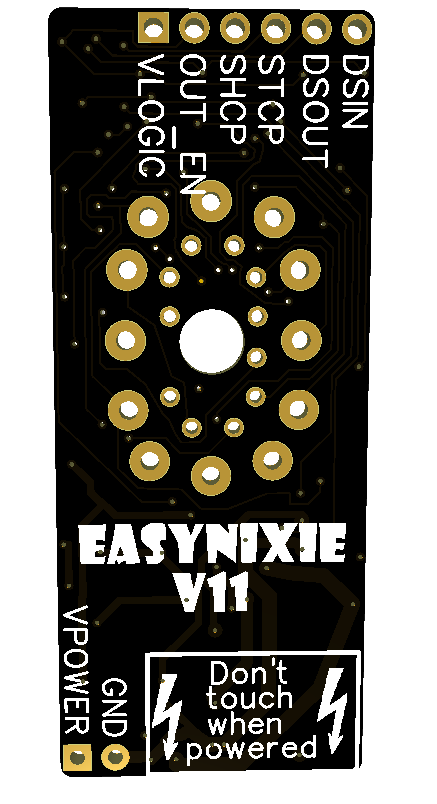

And the schematics:
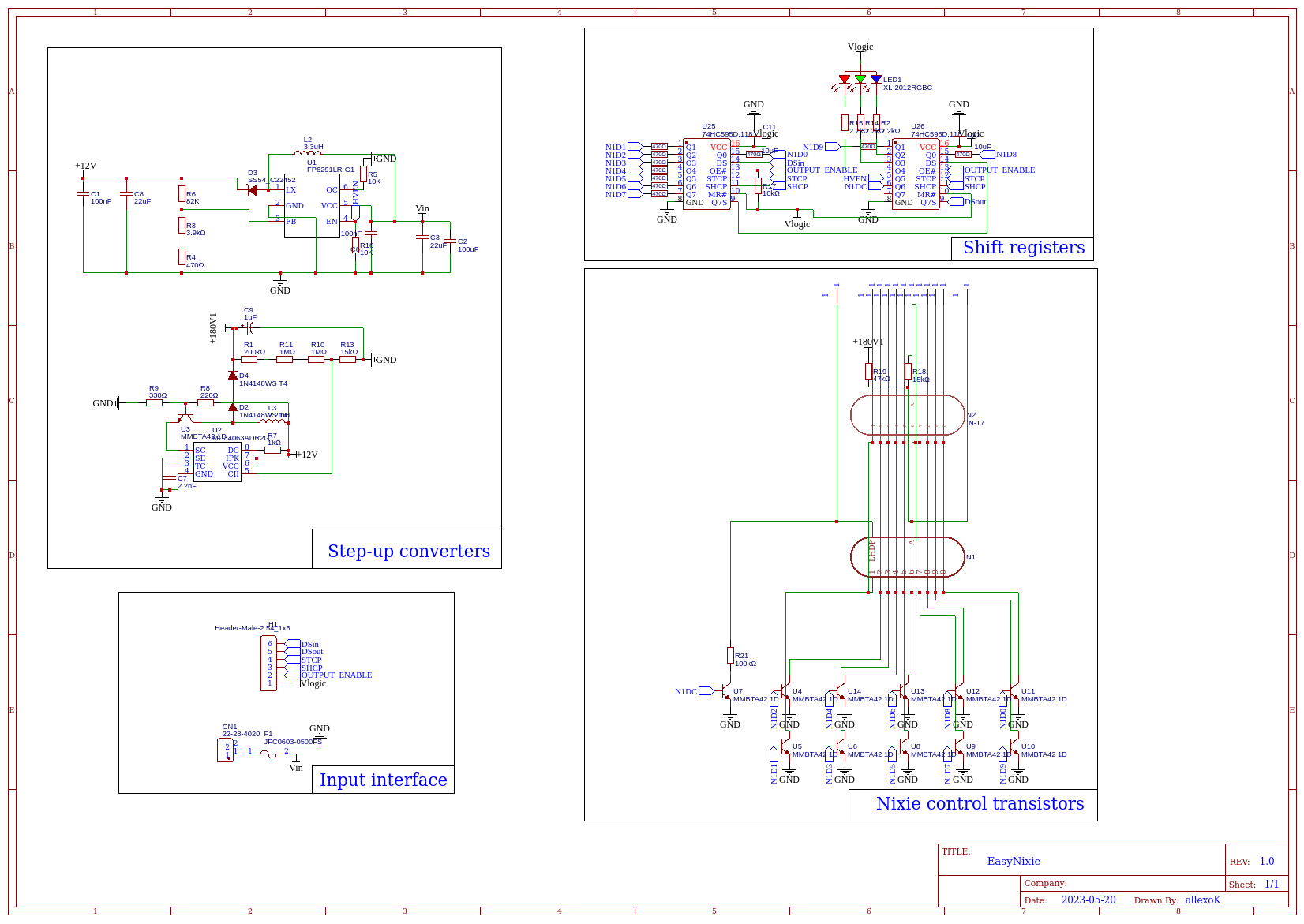
The main blocks are:
- Step-up converters - this part does 3.3->180V conversion. The conversion is done in two steps: Vin->12V and 12V->180V. The Vin to 12V convertor is not as interesting, as the connection is pretty standard and done according to the datasheet. The 12V to 180V conversion circuit is a little more complex. The output voltage is set using the feedback pin and resistors R1, R11, R10, R13. 3 resistors(R1,R11 and R10) are used instead of one with the bigger value because of the max voltage for 0402 package, which is usually 150V. The same goes for the two diodes(D4 and D2). This convertor 'duo' can't deliver much current (about 4mA max), but it is enough to power one tube. Because of that, it is definitely safer than having one high power convertor for multiple tubes. The convertor 'duo' also have voltage enable pin, which turns it on.
- Input interface - Just some control pins with a 500mA safety fuse. Safety fuse is a little bit redundant, assuming the step-up convertors can't deliver more than 4mA anyway, but too much safety never hurt anybody.
- Nixie control transistors - high-voltage MMBTA42 transistors drive the nixie tubes cathodes. There are two nixies displayed on schematics because there are in-12 and in-17 sockets connected in parallel. Since in-17 is super tiny, its socket also has additional current limiting resistor. All the supported tubes are : In-12a, in-12b, in-15a, in-15b and in-17
- Shift registers - classic 74hc595s are connected daisy-chain style and control high voltage transistors with only 3 control pins. Of course daisy-chain configuration allows connecting multiple EasyNixie modules.
 allexoK
allexoK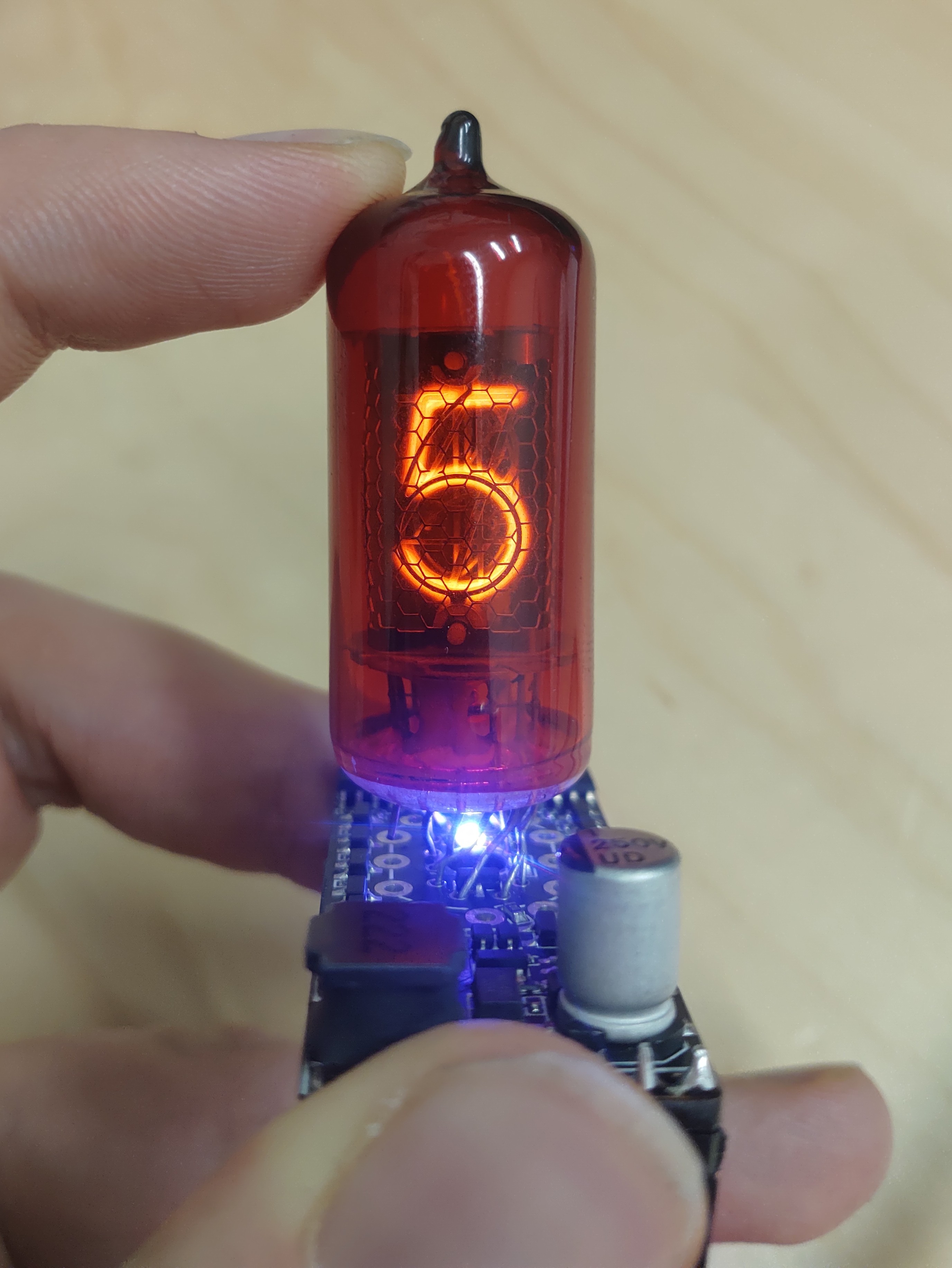
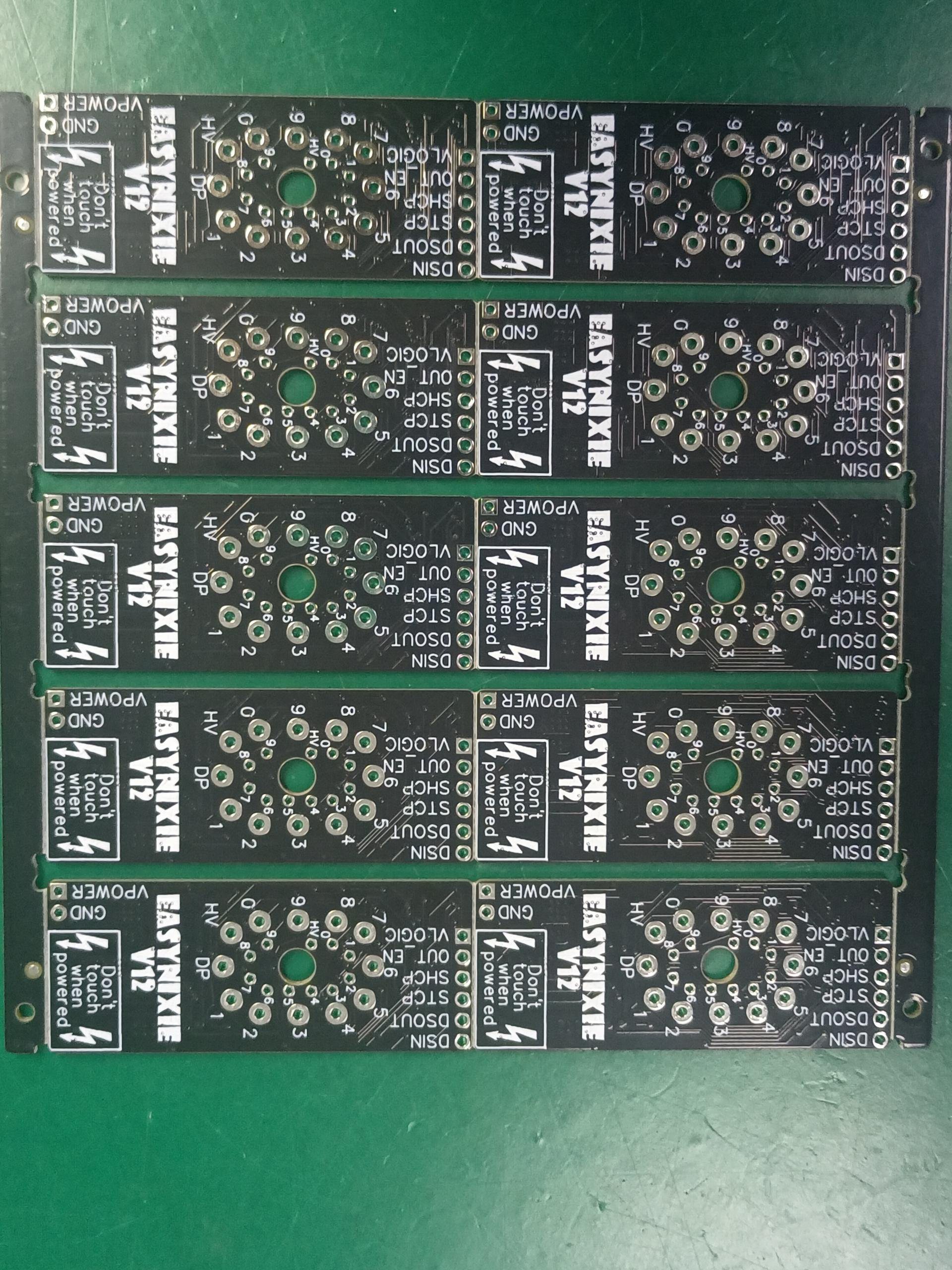


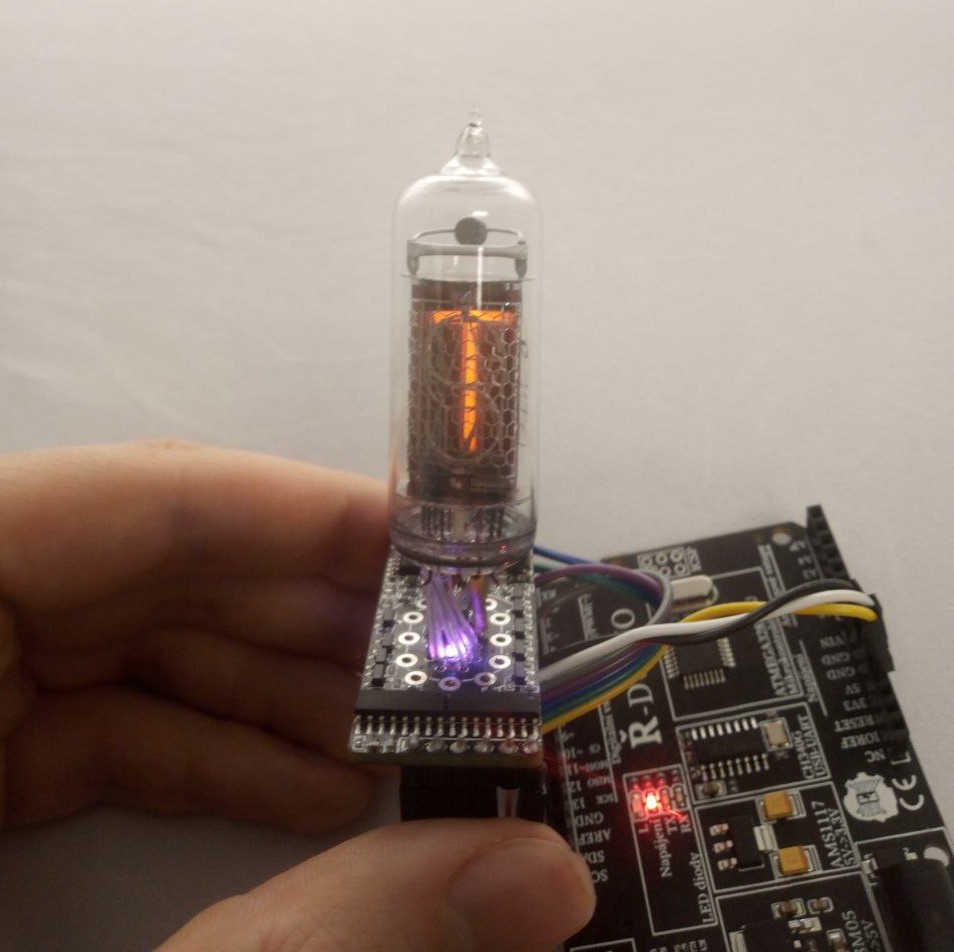

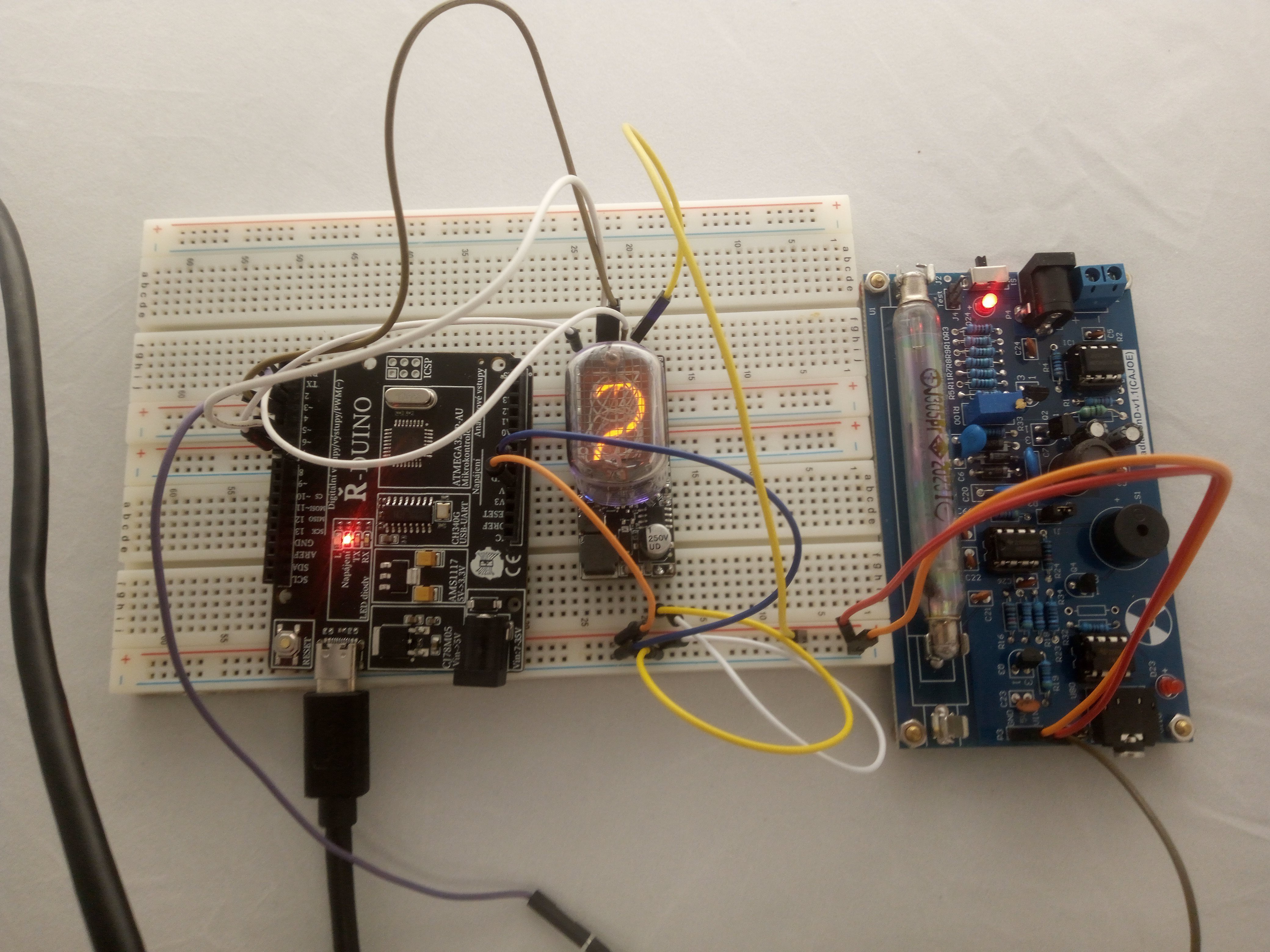
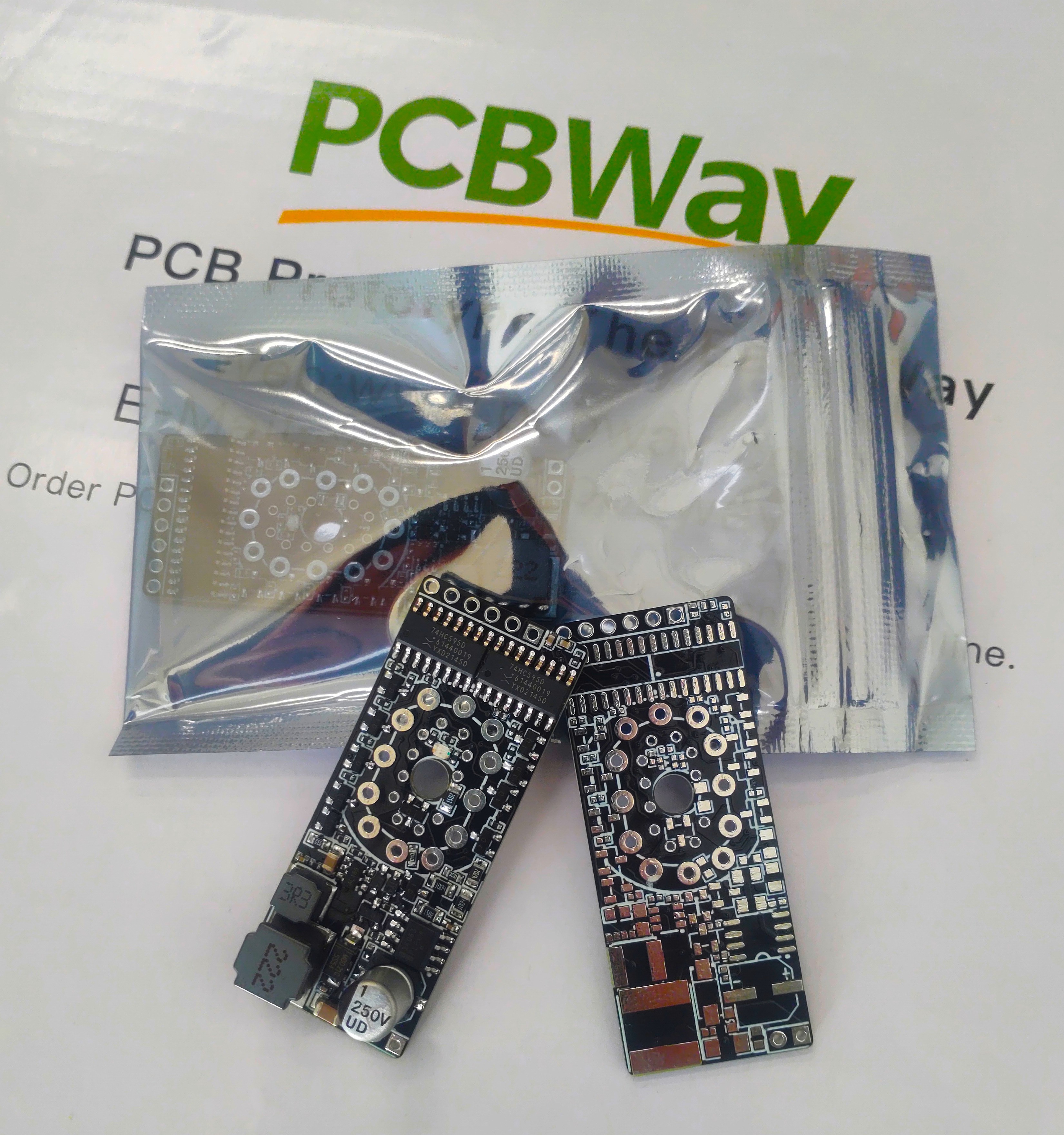

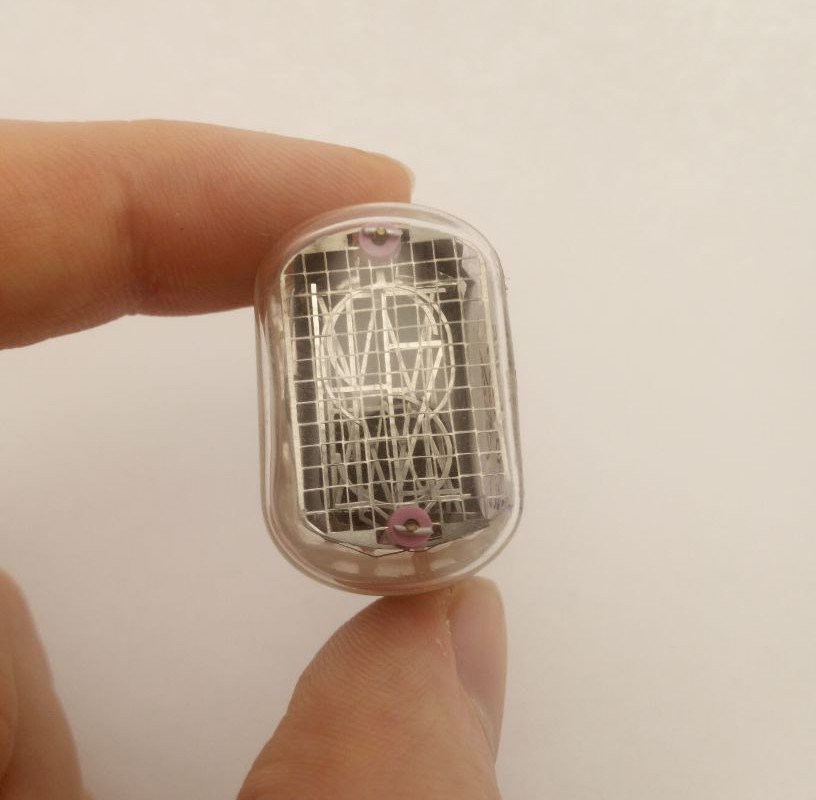
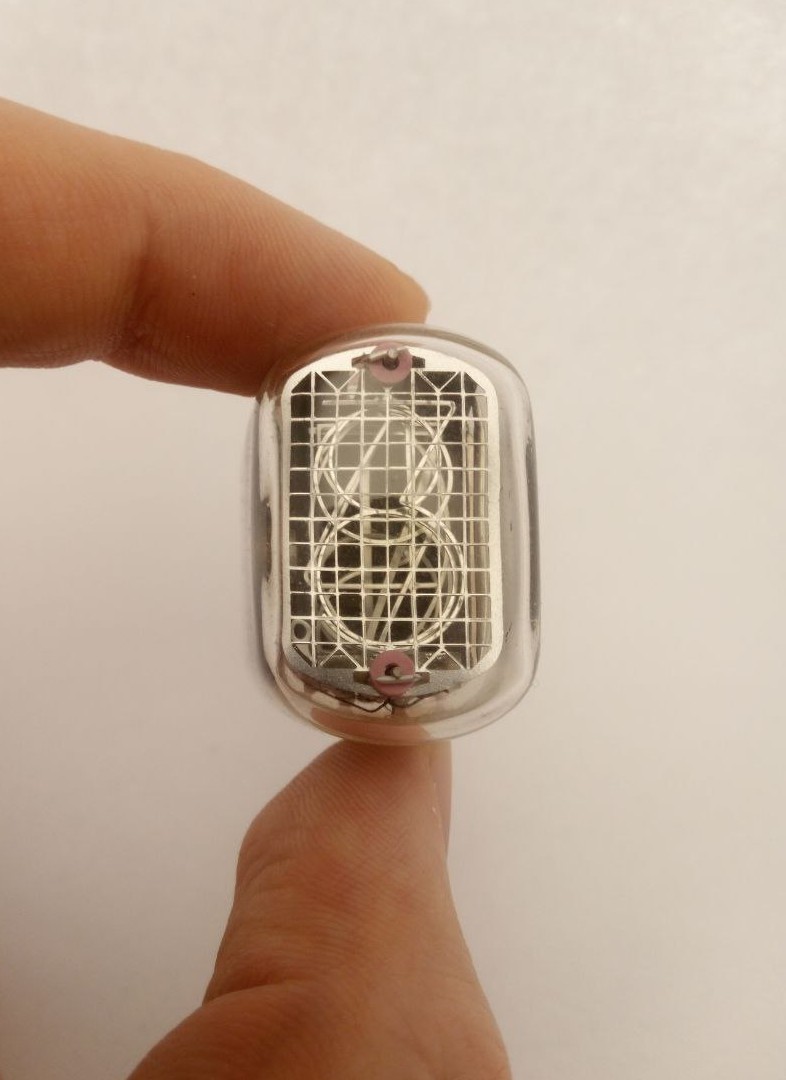
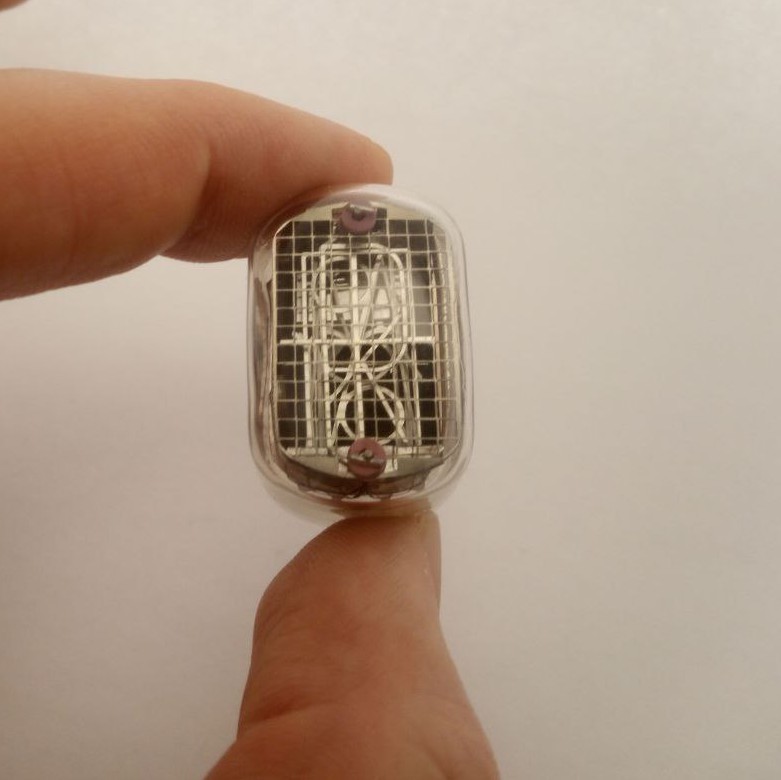
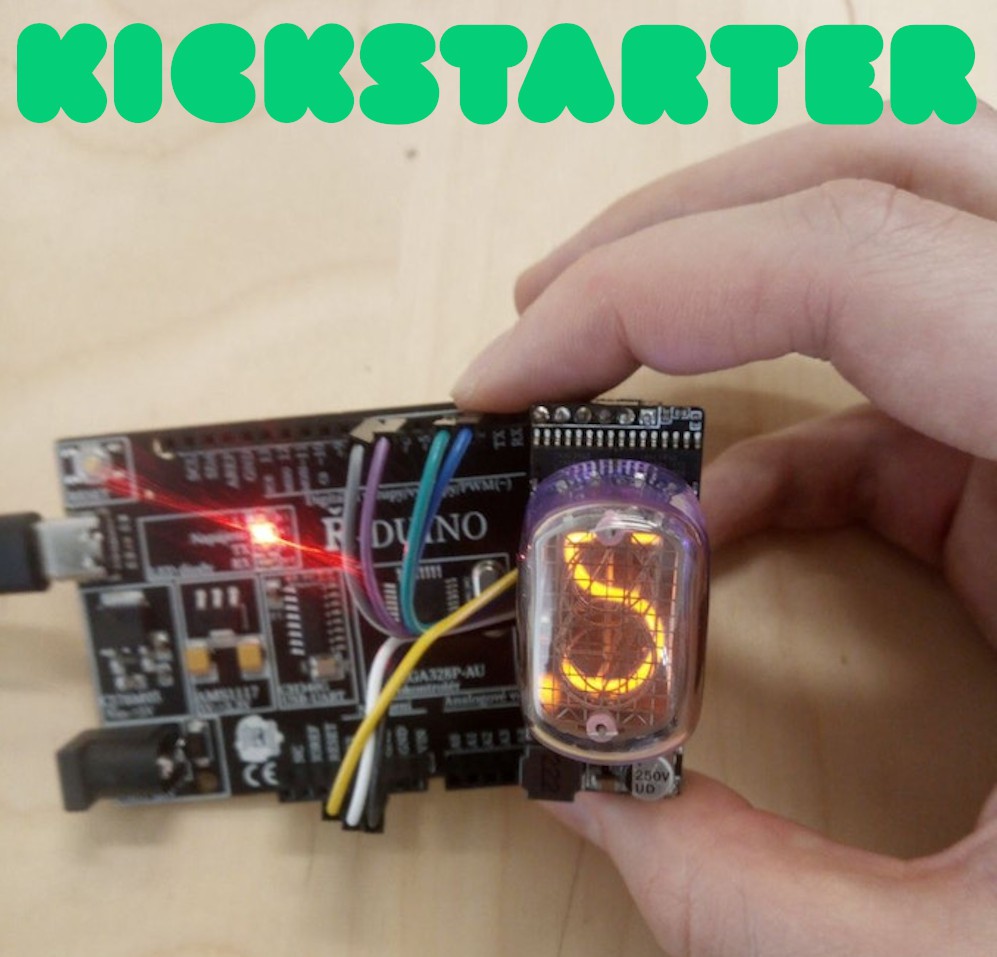
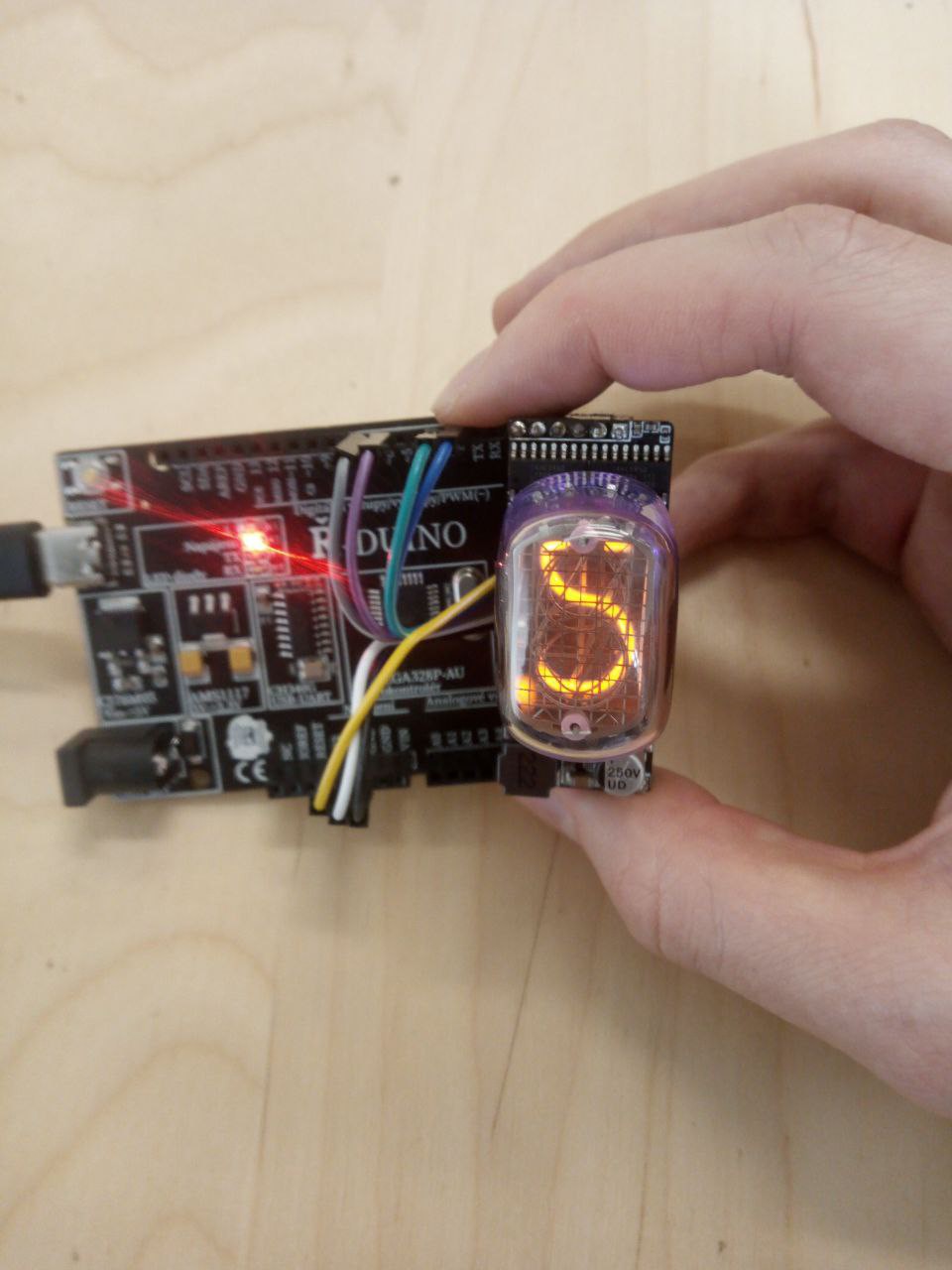
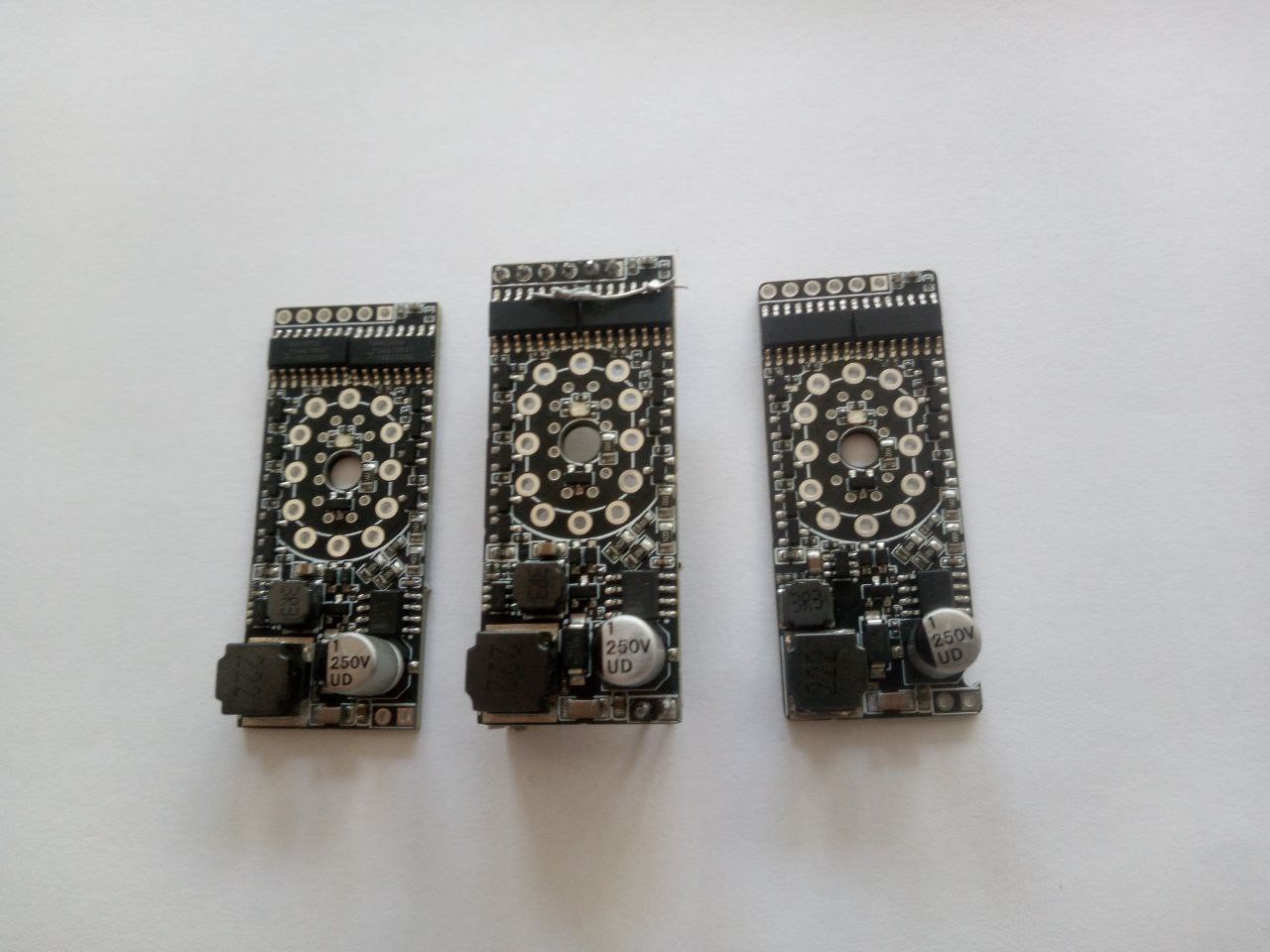



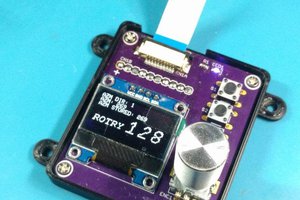
 CriptasticHacker
CriptasticHacker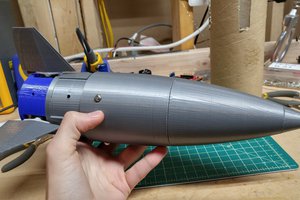
 ArsenioDev
ArsenioDev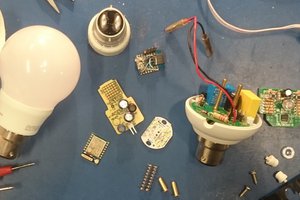
 novirium
novirium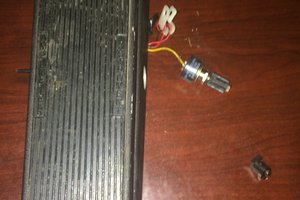
Lovely work, but just wondering if these would be compatible for IN-16 tubes.